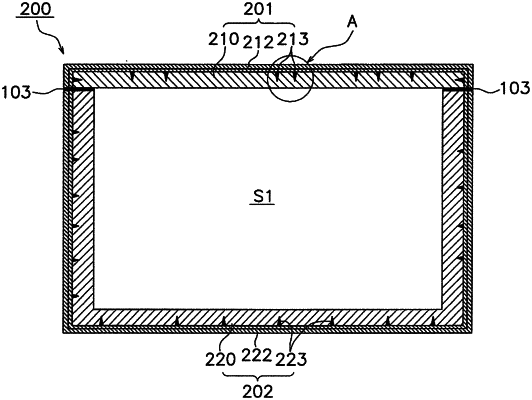| CPC H01M 8/0208 (2013.01) [H01M 8/0217 (2013.01); H01M 8/0228 (2013.01); H01M 8/2483 (2016.02); H01M 8/2485 (2013.01); Y02E 60/50 (2013.01)] | 6 Claims |

|
1. A cell stack device comprising:
an electrochemical cell; and
an alloy member, wherein
the alloy member is a manifold for supporting a base end portion of the electrochemical cell and comprises:
a base member including a plurality of recesses in a surface thereof and constituted by an alloy material containing chromium;
an anchor portion disposed in each of the recesses and containing an oxide including manganese, each of the anchor portions having an outer surface comprising a first outer surface that is in contact with the recess and a second outer surface that is not in contact with the recess; and
a covering layer connected directly to and completely covering the second outer surface of each anchor portion and containing a low-equilibrium oxygen pressure element whose equilibrium oxygen pressure is lower than the equilibrium oxygen pressure of chromium,
the anchor portions have a different composition from the covering layer and the covering layer is formed by applying a ceramic paste material containing the low-equilibrium oxygen pressure element onto the surface of the base member and performing a heat treatment.
|